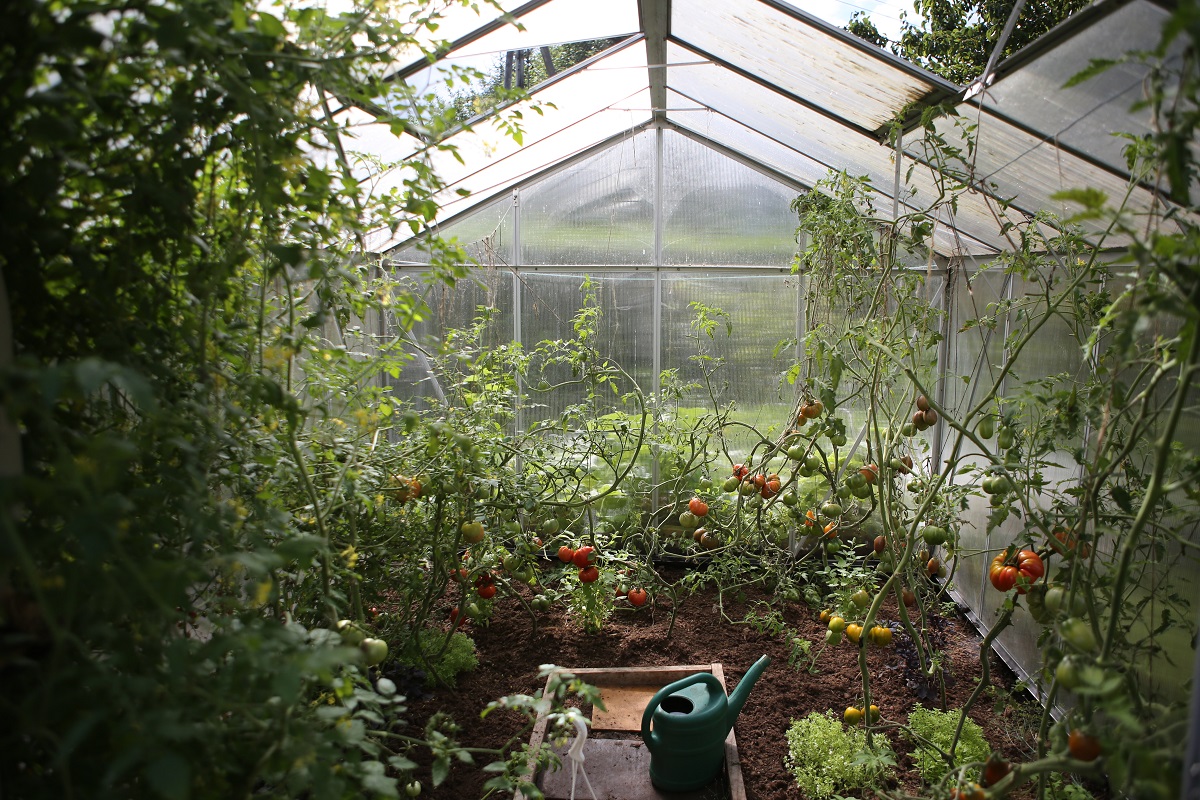The surface of geothermal greenhouses in Turkey has expanded by 400% since 2002. In comparison to the global total of 1,500 hectares, the country possesses more than 500 hectares of such facilities, Mücahit Kvrak of Balkesir University said.
Turkey, with 1.68 GW of installed capacity in 2021, is one of the geothermal power giants. According to the International Renewable Energy Agency, it ranked fourth, after the United States, Indonesia, and the Philippines, with a total capacity of 15.64 GW. According to Turkish authorities, it is the world leader in geothermal energy utilized in greenhouses.
Per Balkan Green Energy News, since 2002, the country’s geothermal greenhouses have increased by 400%, according to Kıvrak. He emphasized that such facilities may be built on unproductive soil, maintain a stable temperature, and permit up to 60% greater production than wood or fossil fuels.
Afyonkarahisar, with 90 hectares, Izmir (81.9), and Manisa are the leading regions in Turkey (75.6 hectares).
Bergama, Izmir, is home to the world’s second-largest geothermal greenhouses. Agrobay’s 60-hectare facility produces 15,000 tons of tomatoes each year. Heating expenses are 80% cheaper than with coal, according to board member Arzu entürk Salk.
The Sakarya Metropolitan Municipality, located east of Istanbul, has recently created a 2.5-hectare greenhouse heated by geothermal energy, as well as a research and development facility. It aims to produce 1,250 tons of tomatoes each year, and the facility will be upgraded.

